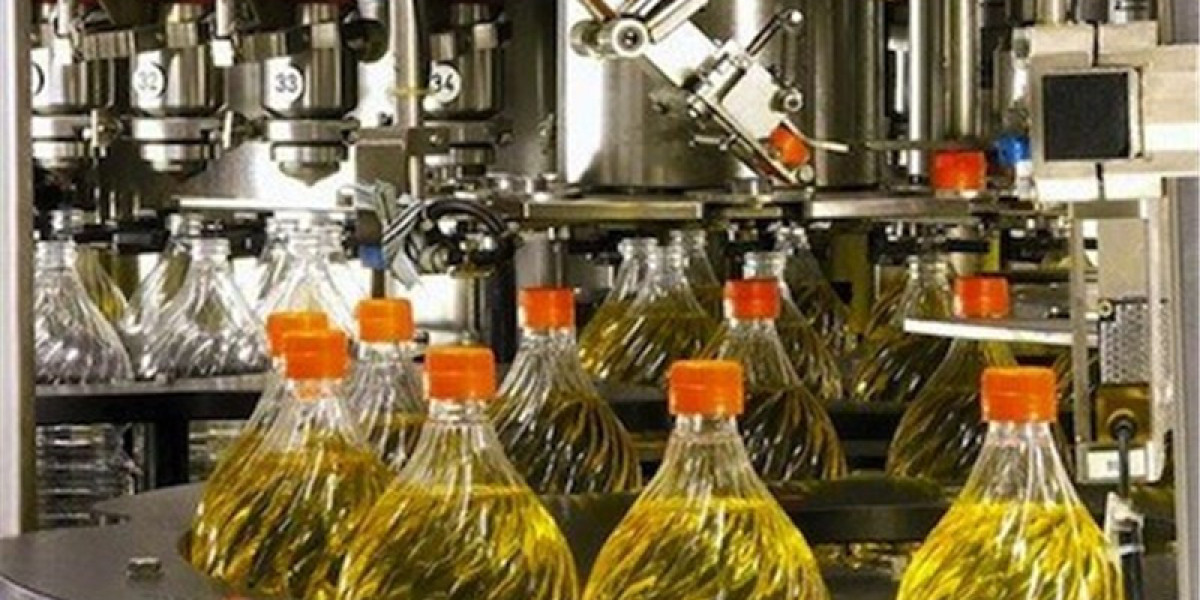Understanding Hepatorenal Syndrome (HRS)
Hepatorenal Syndrome (HRS) is a serious and life-threatening complication of advanced liver disease, often associated with cirrhosis. It leads to the rapid deterioration of kidney function due to reduced blood flow, even though the kidneys themselves remain structurally normal. There are two types—Type 1 HRS, which is acute and progresses rapidly, and Type 2 HRS, which is slower and often occurs in patients with ascites.
As the prevalence of liver diseases like hepatitis, alcoholic liver disease, and non-alcoholic fatty liver disease (NAFLD) increases, so does the demand for effective therapies. The hepatorenal syndrome treatment market is witnessing increased attention as newer therapeutic approaches emerge to manage this complex condition.
Current Treatment Landscape: From Vasoconstrictors to Liver Transplant
Historically, the treatment for HRS was limited and primarily supportive. Vasoconstrictor drugs like terlipressin, midodrine, and octreotide, often combined with albumin infusion, have shown efficacy in improving renal function by increasing blood flow to the kidneys. However, these are considered temporary solutions and are mainly used as a bridge to liver transplantation, which remains the definitive cure for eligible patients.
The approval of terlipressin for HRS by the U.S. FDA in recent years has been a significant milestone, positioning it as a cornerstone therapy. With an increasing focus on early intervention and advanced care, the hepatorenal syndrome treatment market is set to grow steadily.
Factors Driving Market Growth
Several dynamics are influencing the growth of this market:
Rising incidence of chronic liver diseases globally
Increased organ transplant programs and awareness of liver-related complications
FDA approvals of new drugs and off-label usage of existing medications
Development of combination therapies to enhance patient outcomes
Greater emphasis on early diagnosis using biomarkers and imaging
In particular, the availability of drugs like terlipressin, which has shown improved survival rates in HRS patients, is reshaping treatment protocols.
Innovative Therapies on the Horizon
As research progresses, several promising developments are underway:
Investigational drugs targeting the underlying pathophysiology of HRS
Novel angiotensin receptor modulators and endothelin receptor antagonists
Stem cell therapy and regenerative medicine options for liver repair
Use of AI-driven diagnostics for early identification and prognosis tracking
The shift toward precision medicine is also contributing to a more targeted approach to managing hepatorenal syndrome, reducing mortality and enhancing quality of life.
Regional Market Overview
North America leads the market due to the high prevalence of alcoholic liver disease and NAFLD, coupled with advanced healthcare infrastructure.
Europe follows closely, especially countries like Germany, the UK, and Spain with strong liver transplant programs and widespread adoption of HRS treatment guidelines.
Asia-Pacific is emerging as a high-growth region, particularly with increasing hepatitis B and C cases in countries like India and China. Healthcare reforms and growing patient awareness are driving regional adoption of HRS treatments.
Efforts to reduce the economic burden of chronic liver diseases will further support market expansion globally.
Market Challenges and Barriers
Despite the progress, the hepatorenal syndrome treatment market faces some significant challenges:
Delayed diagnosis due to nonspecific symptoms and lack of awareness
Limited access to liver transplant facilities in many regions
High treatment costs and lack of reimbursement in underdeveloped countries
Risk of adverse drug reactions and poor prognosis in advanced stages
Addressing these barriers through patient education, telehealth monitoring, and integrated care models will be essential for long-term market growth.
The Future Outlook: Toward Improved Survival and Access
The future of hepatorenal syndrome treatment lies in combining pharmacologic therapy, early diagnosis, and integrated liver-kidney care. As pharmaceutical companies invest in new drug pipelines and clinical trials, more effective treatments with fewer side effects are expected.
Additionally, advancements in liver support devices and transplant technology will also play a pivotal role. Public health initiatives aimed at managing liver disease risk factors—like alcohol use and obesity—will indirectly contribute to reducing HRS incidence.







